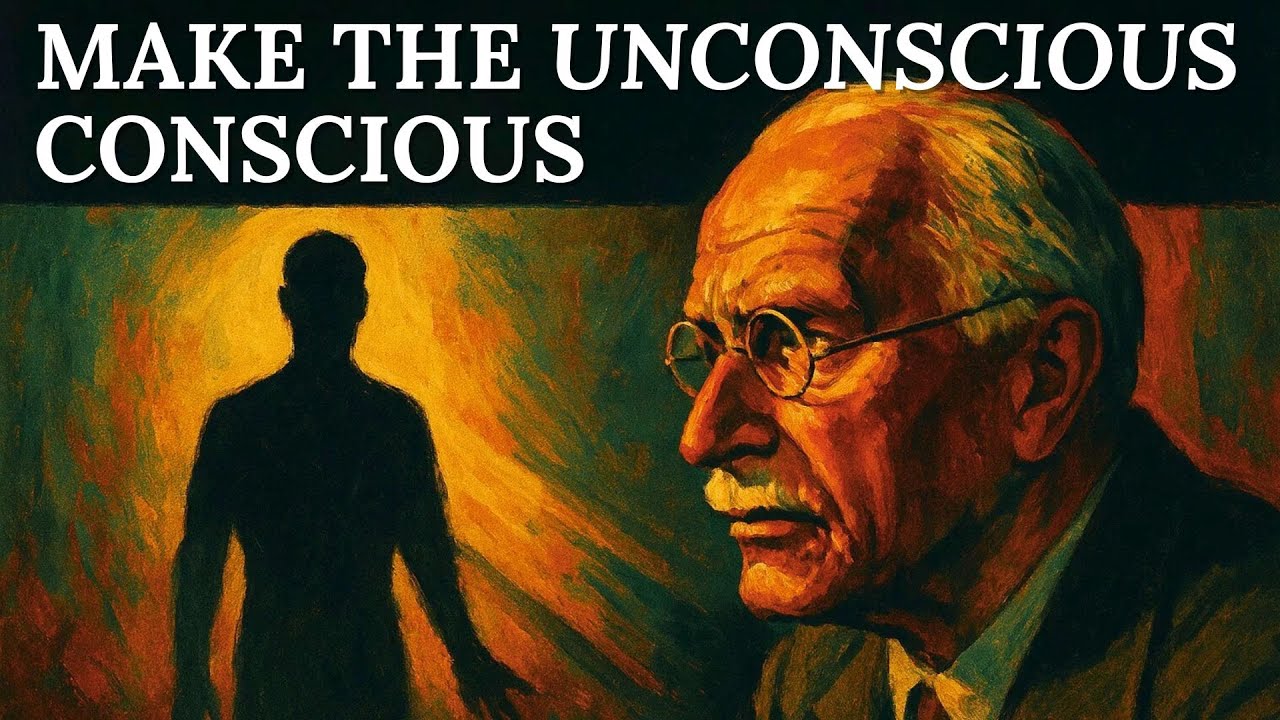The video discusses how many frustrating life cycles, often mistaken for “destiny,” are actually unhealed patterns rooted in past experiences and unconscious beliefs, emphasizing the importance of self-awareness and healing. It highlights Carl Jung’s concepts of the shadow and individuation as tools for recognizing and transforming these patterns, encouraging individuals to take active steps towards healing and reclaiming their power.
The video explores the concept that many of the frustrating cycles we experience in life, which we often label as “destiny,” are actually patterns rooted in our unhealed wounds and unconscious beliefs. It emphasizes that these patterns manifest in various areas, such as relationships, careers, and emotional responses, and are not predetermined outcomes but rather recurring sequences that can be transformed through healing and self-awareness. The insights are inspired by Carl Jung, who highlighted the importance of making the unconscious conscious to reclaim our power and change our lives.
The distinction between destiny and patterns is crucial. Destiny implies that certain events are predetermined by a higher power, while patterns are repetitive behaviors and emotional responses shaped by past experiences, particularly those from childhood. The video likens the mind to a scratched record, where unhealed psychological wounds cause disruptions in our life’s melody. Until we address these inner wounds, we may continue to experience the same negative outcomes, mistaking them for fate.
The development of these patterns is explained through the lens of childhood experiences, where our brains form neural pathways based on significant emotional events. These pathways can lead to maladaptive behaviors, such as people-pleasing or emotional withdrawal, as protective strategies. The video outlines four key areas where patterns typically form: relationships, emotional responses, self-sabotage, and belief systems. Recognizing these patterns is the first step toward healing, as they often operate below our conscious awareness.
Jung’s concepts of the shadow and individuation are discussed as essential tools for understanding and healing these patterns. The shadow represents the repressed aspects of ourselves that we ignore, which can manifest in our lives through projection onto others. Individuation is the process of integrating these unconscious aspects, allowing us to reclaim our power and transform our patterns. The video also highlights the role of neuroplasticity, which shows that our brains can change and adapt, enabling us to rewire our responses and break free from ingrained patterns.
To begin the healing journey, the video offers practical steps, including pattern recognition, exploring root causes, practicing mindfulness, engaging in inner child work, and integrating shadow aspects. Each step encourages self-reflection and conscious awareness, allowing individuals to interrupt old patterns and create new responses. The video concludes with a reminder that healing is a non-linear process, requiring patience and self-compassion. By recognizing and addressing these patterns, we can shift from feeling like victims of fate to becoming active creators of our own life stories.
